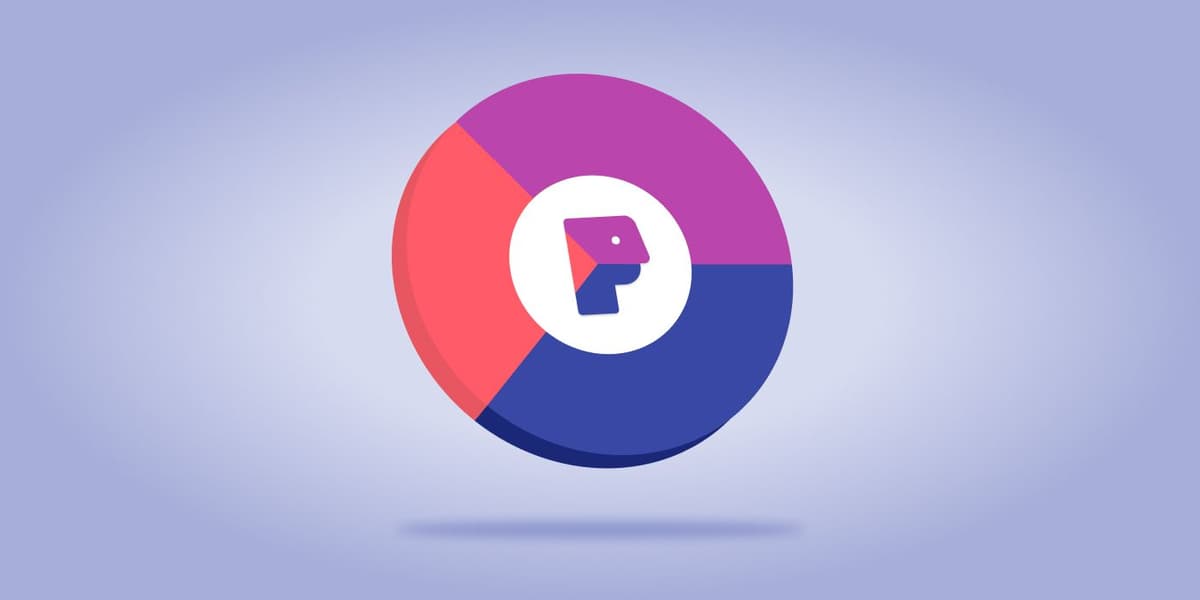What Smart Segmentation Looks Like
Published on September 23, 2020/Last edited on September 23, 2020/4 min read


Team Braze
When it comes to messaging in the digital age, it might be tempting to find one’s perspective dominated by questions of scale. After all, with literally 3.5 billion global smartphone users reachable via email, SMS, in-app messaging, push notifications, and other channels, it can feel like it’s just a matter of getting one’s message in front of as many eyeballs as possible, sitting back, and watching the engagement roll in.
Unfortunately, it’s not that easy. The global customer base is not monolithic, but rather a kaleidoscopic whirlwind of differing needs, habits, engagement styles, and communication preferences. Trying to cover it with one-size-fits-all messaging is a tactic undertaken at your peril, as any non-car owner who’s received a robocall about the warranty on their vehicle can tell you. Delivering the wrong message to the person at the wrong time can decrease its effectiveness or, at worst, create the kind of customer alienation that can be difficult to repair.
Fortunately, there’s a practice that can help make sense of all this potential chaos: Segmentation. The smart deployment of this key tactic can mean the difference between throwing—ahem—stuff against the wall to see what sticks and surgically targeted messaging that hits the right customer when they’re most ready to receive it.
Step Into Segmentation
At its root, segmentation is about dividing a customer base into smaller groups that can be targeted with specific messaging, content, and methodology. There are a number of variables that can be used to create segments, ranging from characteristics such as gender, location, and age to behaviors like interaction patterns with previous campaigns, or where they are in the customer journey. Basically, if your CRM can track it, it can be used to help build segments.
It’s important to note that segments are not a static thing. With dynamic segmentation, it’s possible to move individuals in and out of segments based on fluctuations in behavior and where they are in their relationship to your brand. By allowing for this kind of fluidity, dynamic segmentation ensures that customers are receiving only the messaging that is most relevant to them at any given time, which makes for a better customer experience. After all, when it comes to the outreach experience you’re serving up, the further away from blast messaging you can take your audience, the better.
Divide and Conquer
When you’re looking to provide customized experiences—and see stronger results—segmentation is one of the most effective ways to make that happen. And we’ve seen a number of brands demonstrating how smart segmentation can bear fruit when it comes to their customer relationships and bottom line. Let’s take a look at some of the different approaches they’ve taken.
1. Rosetta Stone
Language-learning app Rosetta Stone used Braze-powered segmentation to deliver customized messaging to a segment of highly-engaged users. By reaching out to its segment of highly engaged users with the right messages on the right channels at the right time, Rosetta Stone saw a 25% increase in subscription-related revenue from this key group.
2. Dots
The mobile gaming developer Dots took advantage of data associated with each player’s in-game progression to power a highly targeted approach to game monetization. By tracking information on the levels completed and previous conversions associated with each player, they were able to individually target promotional offers and adjust the content of particular promo packs to fit the player receiving it. This segmentation-driven campaign provided a better, more personalized experience for players and a 33% increase in the app’s total revenue.
3. Showmax
Leading streaming service Showmax implemented a comprehensive segmentation strategy based on user behavior, drilling down as far as where in the viewing of particular content their audience members were. The results were impressive, including a 204% increase in subscribers, a 71% increase in retention rate, and 19% activation of dormant users.
Final Thoughts
In an era when users expect personalized experiences, it may come as not much of a surprise that tailoring messagings to particular types of users is an effective strategy. With more ways to track behavior and collect user data than ever before, utilizing segmentation to intelligently interact with different kinds of users is critical to any effective cross-channel marketing strategy.
To learn more about how to deliver smartly personalized messaging through in-app messaging, check out the Braze In-App Messaging Guide and supercharge interaction with the most engaged members of your audience.
Related Tags
Be Absolutely Engaging.™
Sign up for regular updates from Braze.
Related Content
View the Blog
The new inbox reality: How iOS changes are reshaping email marketing

Aparna Prasad

Experience optimization: Turning data insights into better journeys

Team Braze

December 2025 Bonfire Marketer of the Month: Jagex’s Emma Oliver
